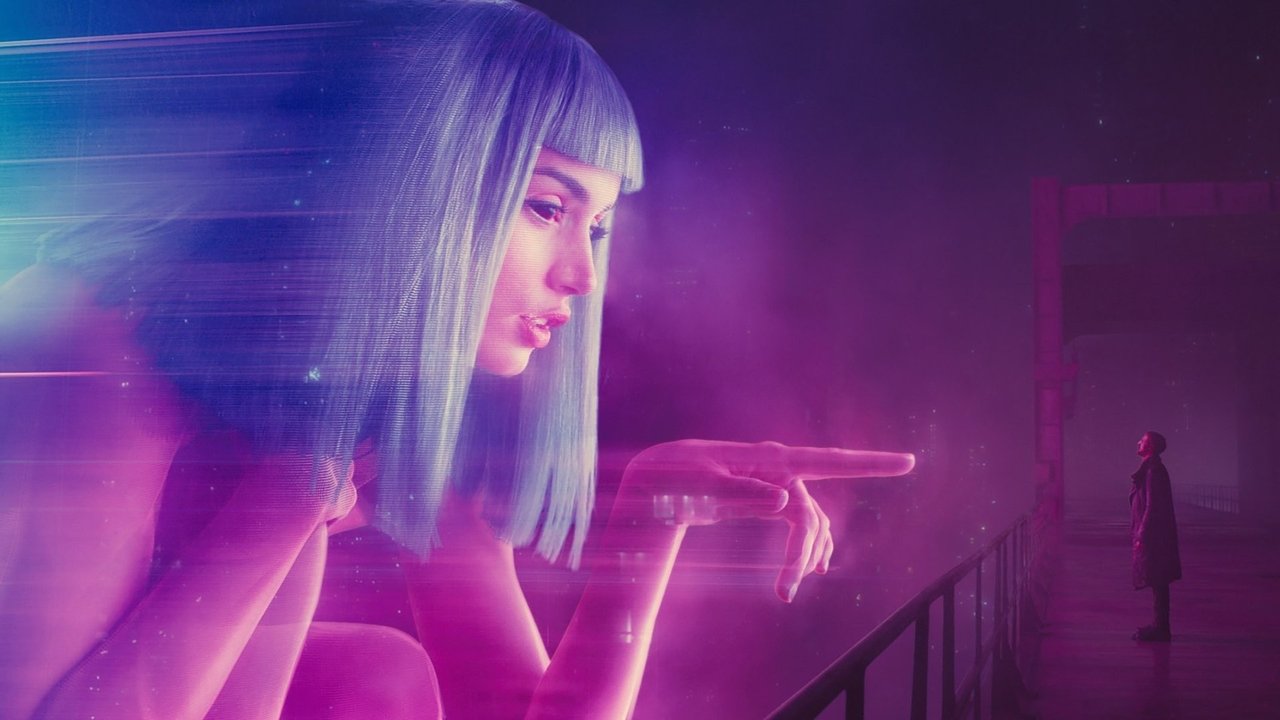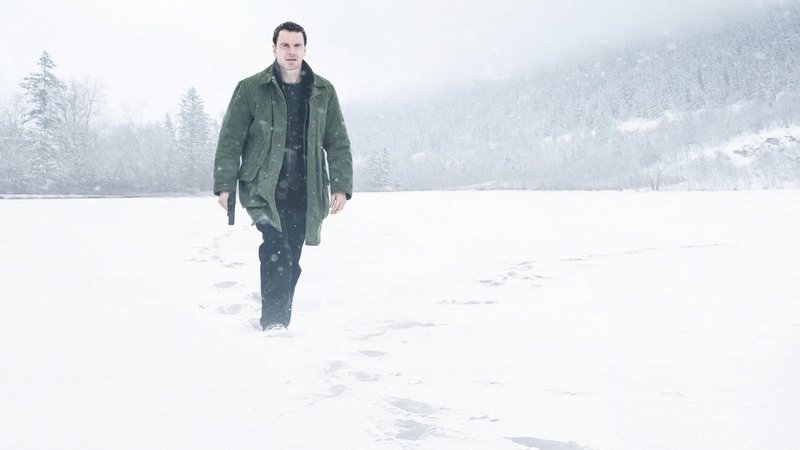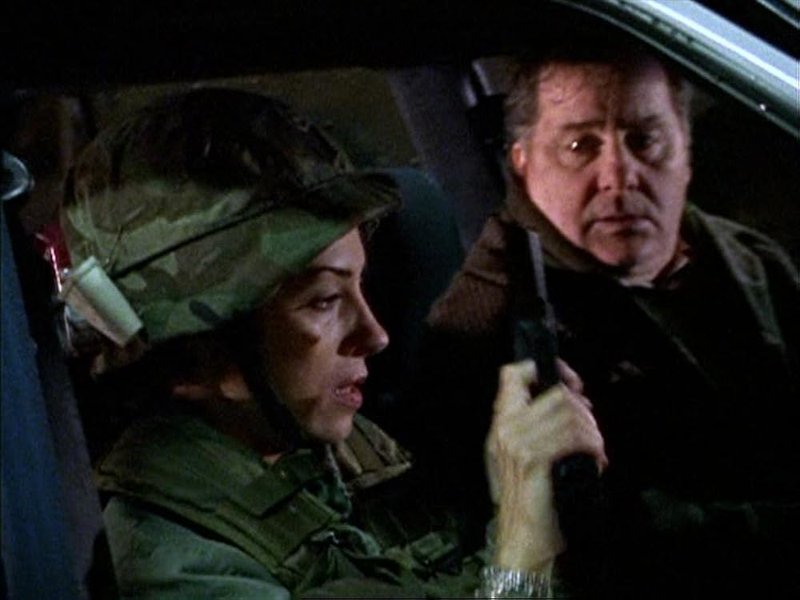Film Review: Blade Runner 2049 (2017)
2 comments

No year illustrates the folly of forecasting a film’s status better than 1982. While it’s still widely believed today, as it was then, that the year was one of the best—or even the best—for science fiction cinema, genre devotees at the time were more inclined to crown Spielberg’s , Carpenter’s , or even Meyer’s as the year’s finest film, rather than risk placing Scott’s in the same category. The cinematic adaptation of Philip K. Dick’s Do Androids Dream of Electric Sheep? was not only one of the bigger box-office flops of that year but also received poor reviews from critics. Blade Runner, however, saw a relatively small yet fiercely passionate fanbase rehabilitate its reputation within just a few years, elevating it to one of the most celebrated achievements of its era, and transforming what was once a debacle into not just a masterpiece, but likely the most successful cult phenomenon in film history. That same cult, ironically, is probably responsible for the decades-long delay in attempting a sequel, thereby avoiding the grim fate of genre classics like or even worse, the modern remakes of titles like and . When Blade Runner 2049 finally arrived, it was hardly met with high expectations—though to its most ardent fans, that might sound like an understatement. The story of 1982, in a way, did and did not repeat itself; like its predecessor, the new film underperformed at the box office, but its creators can take solace in near-universal critical acclaim and the assurance of its status as a new masterpiece, at least for the foreseeable future.
The plot of the new film begins three decades after the original’s events, in a world that has, for the most part, moved on. Those who could relocate to space colonies left a polluted Earth to the underprivileged, who now dwell in overcrowded, grim megacities. In this new reality, the physically demanding or sexual labour is provided by humanoid replicants—perfected by Wallace Corporation, the successor to Tyrell Corporation (led by ruthless Niander Wallace, played by Jared Leto)—which are now permitted to work on Earth. The latest Nexus-9 replicants are even authorised for police duties, so Agent KD6-3.7 (Ryan Gosling) is tasked with apprehending and eliminating earlier models prone to rebellion and escape. During one such operation, Agent K discovers a potential clue that could unravel the fate of Rick Deckard (Harrison Ford), a police officer who fled with a replicant he was meant to “retire” in 2019. This discovery deeply unsettles his human superior, Lieutenant Joshi (Robin Wright), who orders him to destroy all evidence, even as Wallace’s own replicant enforcer, Luv (Sylvia Hoeks), seeks to uncover a secret that could revolutionise replicant production and deployment.
The three-and-a-half-decade gap between films has been extremely beneficial for Blade Runner 2049. It allowed ample time to thoroughly analyse the original, crafting a formula that satisfies existing fans while offering newcomers an original, standalone film. This delay also permitted original cast and crew members, pressured by years of expectation, to take supporting roles in the sequel: Scott returned as producer, and Ford appears only briefly. Hampton Fancher, one of the original’s screenwriters, proved pivotal by viewing the new version as an opportunity to address aspects even some fans acknowledge as flaws in the 1982 film. This includes a more intricate plot that leans firmly into the detective genre, allowing audiences to, like the protagonists, exercise their grey matter and experience several unexpected twists. Everything unfolds organically, with characters and motivations deeply rooted in the Blade Runner universe, avoiding cheap imitations—even when their appearance or setting mirrors earlier elements, most notably Luv and her boss Wallace, who superficially echo Rachel and the late Tyrell. Fancher further leveraged this principle to build the world of 2049 with depth, dedicating more time and energy to exploring evolving notions of humanity. A compelling idea is the mutual hostility between humans and replicants (as superior human creations), mirroring the animosity replicants feel toward holographic artificial intelligences. This theme is explored through Joi, the protagonist’s romantic partner, portrayed brilliantly by the underrated Ana de Armas.
The director’s choice mattered less, given Denis Villeneuve—having recently won over hard-core genre fans with Arrival—proved an ideal fit. His style adheres to the “same, yet different” principle, offering fans iconic shots of a rain-soaked, nocturnal Los Angeles while, for the first time, pulling the camera beyond the city to depict a barren, sunless landscape shrouded in grey, toxic clouds. Villeneuve, aided by the ever-reliable Hans Zimmer’s score, which deftly channels Vangelis’s iconic soundtrack, imbues the film with his signature stamp. He also borrows from other genre classics, even those belonging to different media, as fans of Fallout: New Vegas videogame will notice. Villeneuve excels in action scenes, which suit him better than Scott’s approach; there’s no macho posturing or over-the-top special effects, and the climactic confrontation remains impactful despite unfolding in what seems like the blandest, least glamorous location imaginable in a futuristic megacity. This philosophy also explains why 2049 runs significantly longer—a factor contributing to its $155 million budget underperforming at the box office and testing the patience of younger viewers. Yet for its creators and original fans, this was a small price to pay for one of the best sequels ever made.
RATING: 8/10 (+++)
(Note: The text in the original Croatian version is available .)
Blog in Croatian
Blog in English
InLeo blog
LeoDex:
Hiveonboard:
InLeo:
Rising Star game:
1Inch:
BTC donations: 1EWxiMiP6iiG9rger3NuUSd6HByaxQWafG
ETH donations: 0xB305F144323b99e6f8b1d66f5D7DE78B498C32A7
BCH donations: qpvxw0jax79lhmvlgcldkzpqanf03r9cjv8y6gtmk9




Comments